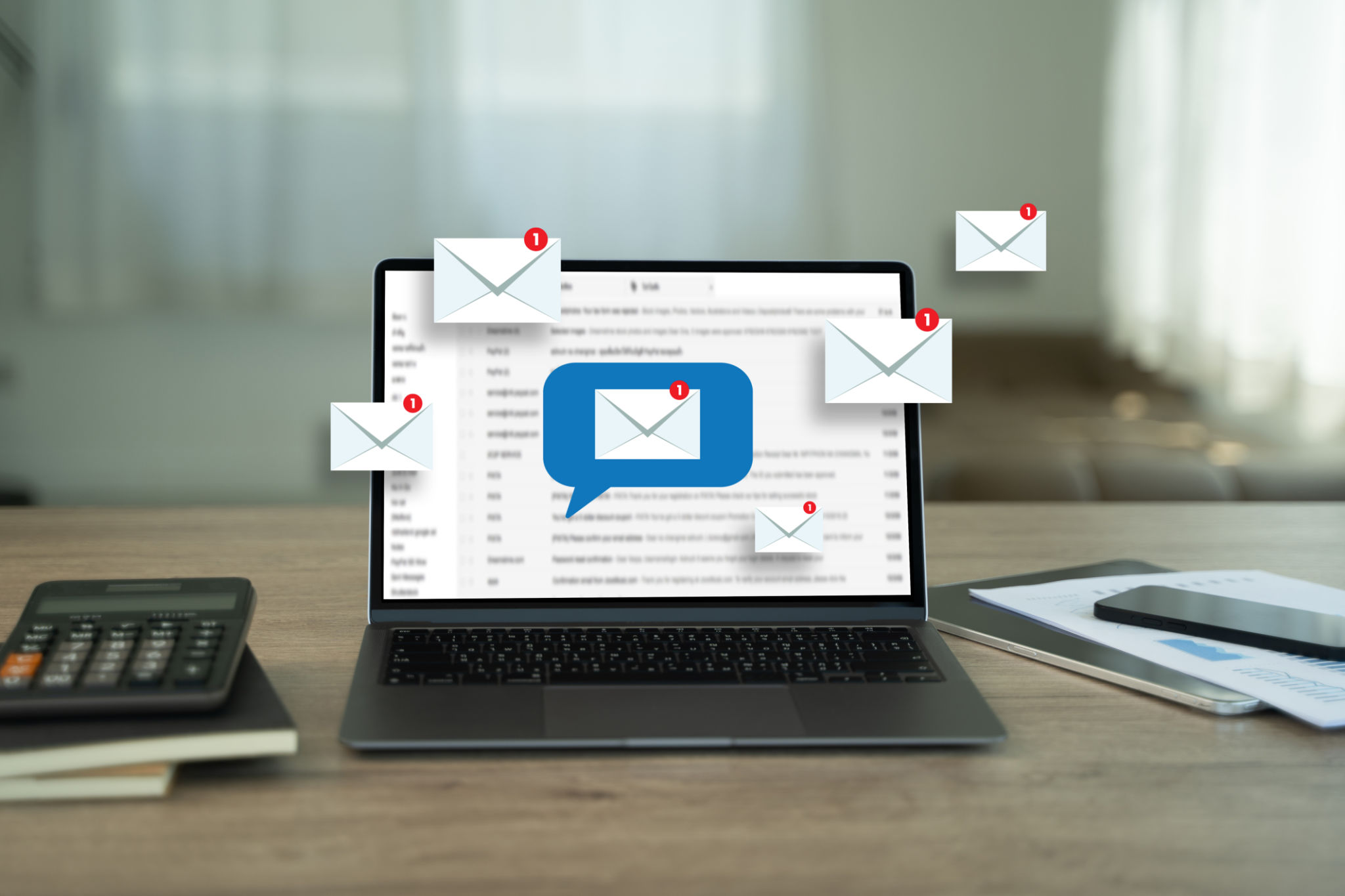Mastering Email Campaign Management: Tools and Tips for Success
Introduction to Email Campaign Management
Email marketing remains a powerful tool for businesses aiming to connect with their audience, drive engagement, and boost sales. However, the success of an email campaign hinges on effective management. From segmenting your audience to analyzing campaign results, mastering email campaign management requires strategic planning and the right tools.

Choosing the Right Tools
To manage an email campaign effectively, selecting the right tools is crucial. Several platforms offer comprehensive solutions that simplify every stage of the process. When choosing a tool, consider factors such as ease of use, automation features, integration capabilities, and pricing.
Popular Email Marketing Platforms
Some widely used email marketing platforms include:
- Mailchimp: Known for its user-friendly interface and robust analytics.
- Constant Contact: Offers excellent customer support and a wide range of templates.
- SendinBlue: Notable for its automation features and SMS marketing capabilities.
Crafting Compelling Content
Your email's content is what ultimately engages your audience. Crafting compelling subject lines and body content is essential to capture attention and encourage action. Personalization plays a key role here; emails that address recipients by name or reference their past interactions see higher engagement rates.

Designing Eye-Catching Templates
The design of your email should complement its content. Use visually appealing templates that align with your brand’s identity. Most email marketing platforms offer customizable templates to help streamline this process.
Segmenting Your Audience
Effective segmentation allows for more personalized communication and can significantly increase engagement rates. By dividing your audience based on demographics, behavior, or preferences, you can tailor your messages to meet the specific needs and interests of each group.

Using Data to Drive Segmentation
Leverage data from past interactions to inform your segmentation strategy. Analyze which emails led to conversions and use this information to refine your approach. Tools like Google Analytics or built-in platform analytics can provide valuable insights.
Analyzing Campaign Performance
Post-campaign analysis is vital for understanding what worked and what didn’t. Key metrics to monitor include open rates, click-through rates, conversion rates, and unsubscribe rates. By evaluating these metrics, you can identify areas for improvement and optimize future campaigns.
Setting KPIs for Success
Before launching a campaign, establish clear key performance indicators (KPIs). These could be specific sales targets, engagement metrics, or brand awareness objectives. Defining KPIs will help measure the success of your campaign more effectively.
Conclusion
Mastering email campaign management involves a blend of creativity, strategy, and analysis. By leveraging the right tools, crafting engaging content, segmenting your audience effectively, and continually analyzing performance, you can enhance your email marketing efforts and drive better results for your business.
